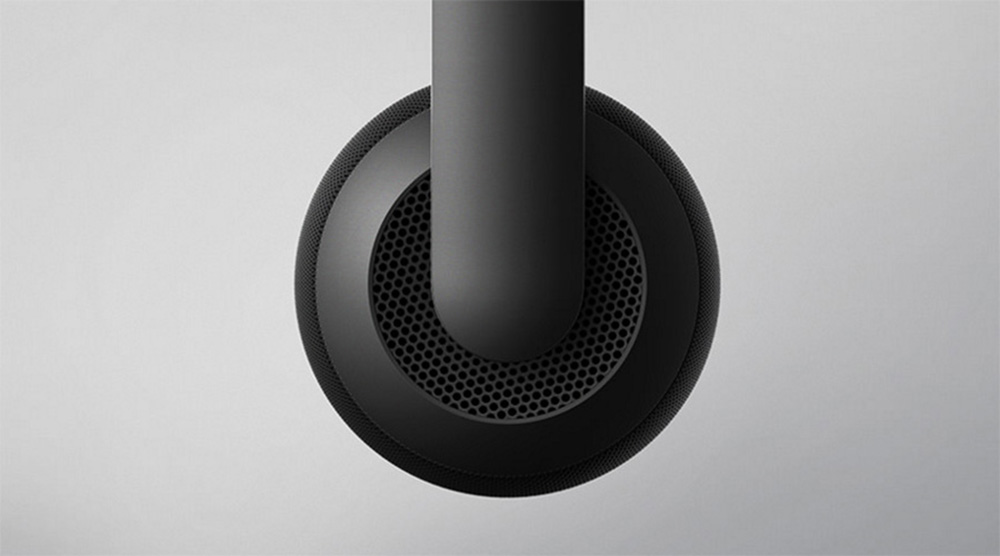Google Cardboard is now equipped with spatial audio that takes both a user’s head direction and a sound’s virtual location into account. This new sound system only works in conjunction with headphones.
Project manager Nathan Martz announced the update via a Google Developers Blog post about the DIY virtual reality headset. Martz writes:
Many apps create simple versions of spatial audio — by playing sounds from the left and right in separate speakers. But with today’s SDK updates, your app can produce sound the same way humans actually hear it.

This means sounds coming from a virtual point to the left will reach a user’s right ear at a slight delay. This new tech also makes it possible for developers to create location specific auditory experiences. A voice in a cavernous cathedral can now echo and boom, while a voice in a small cave can feel deadened and subdued.
Google Cardboard is a smartphone powered HMD similar to Samsung Gear VR so the biggest concern for a robust audio system like this in Cardboard apps would be overtaxing the limited CPU of the phone. However, Google built their new SDK with performance in mind.
According to Martz:
The SDK is optimized for mobile CPUs (e.g. SIMD instructions) and actually computes the audio in real-time on a separate thread, so most of the processing takes place outside of the primary CPU…The SDK allows you to control the fidelity of each sound. As a result, you can allocate more processing power to critical sounds, while de-emphasizing others.
Google is angling to make spatial audio an active part of the Cardboard ecosystem sooner rather than later. Wednesday’s post includes both the mention of a plug-and-play API for native Android developers, and the link to a detailed Unity developer page outlining exactly how to get the new system up and running in a Cardboard experience. Unity is one of the two main toolsets that developers use to create virtual worlds. The Oculus Rift unveiled a similar set of powerful 3D audio tools for developers in early December with Unreal Engine integration announced alongside Unity.

The announcement of a more immersive audio system comes hot on the heels of Google executive Clay Bavor’s appointment to the newly minted position of vice president of virtual reality and the establishment of a dedicated VR department within the company.
These announcements and other moves by Google to build out the VR experience on Android indicates the giant may be preparing to focus on the technology more in 2016.
























